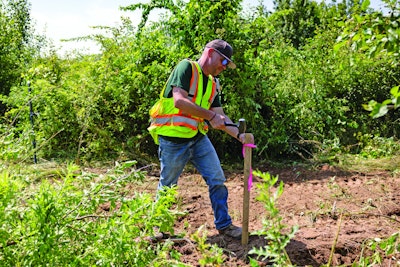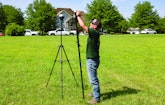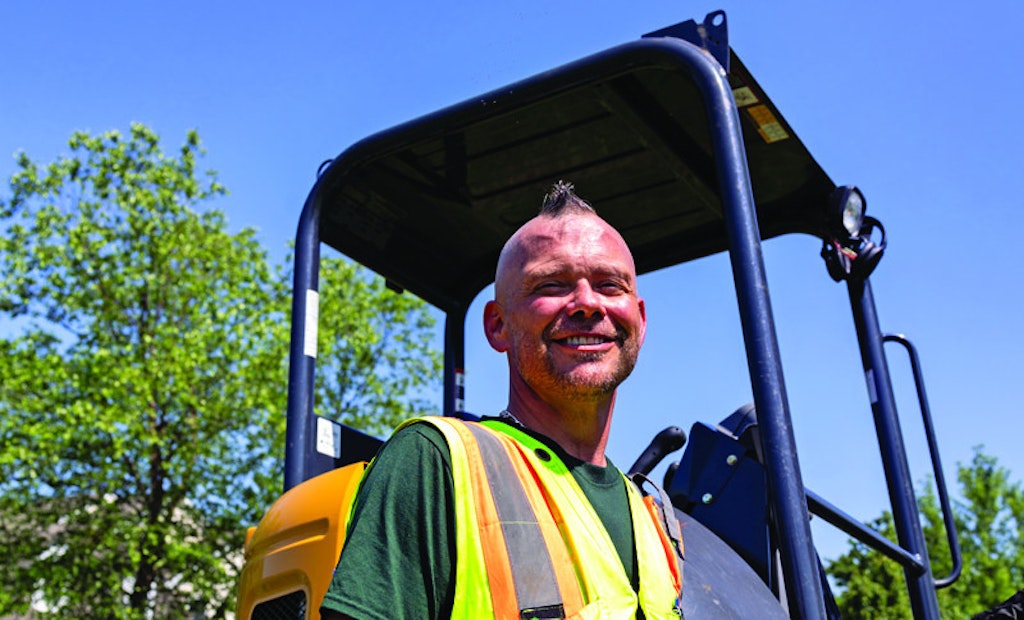When Piedmont Environmental dissolved in 2008 during the Great Recession, three employees bought the assets of the Pennsylvania company. They formed Penn’s Trail Environmental, and after 15 years the business has grown and expanded into design and consulting work in two...
It’s About Time Government Invests in Septic System Infrastructure
The designers at Penn’s Trail Environmental go beyond the drawing board to lobby legislators for support of decentralized wastewater
Popular Stories
Discussion
Comments on this site are submitted by users and are not endorsed by nor do they reflect the views or opinions of COLE Publishing, Inc. Comments are moderated before being posted.











